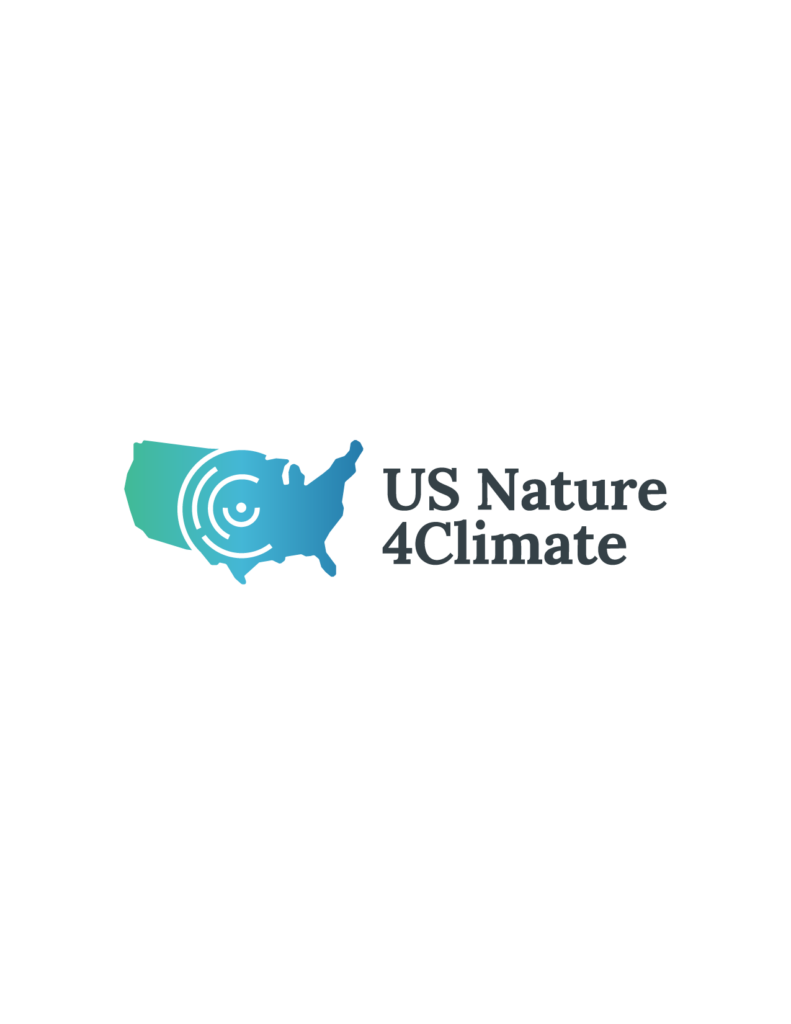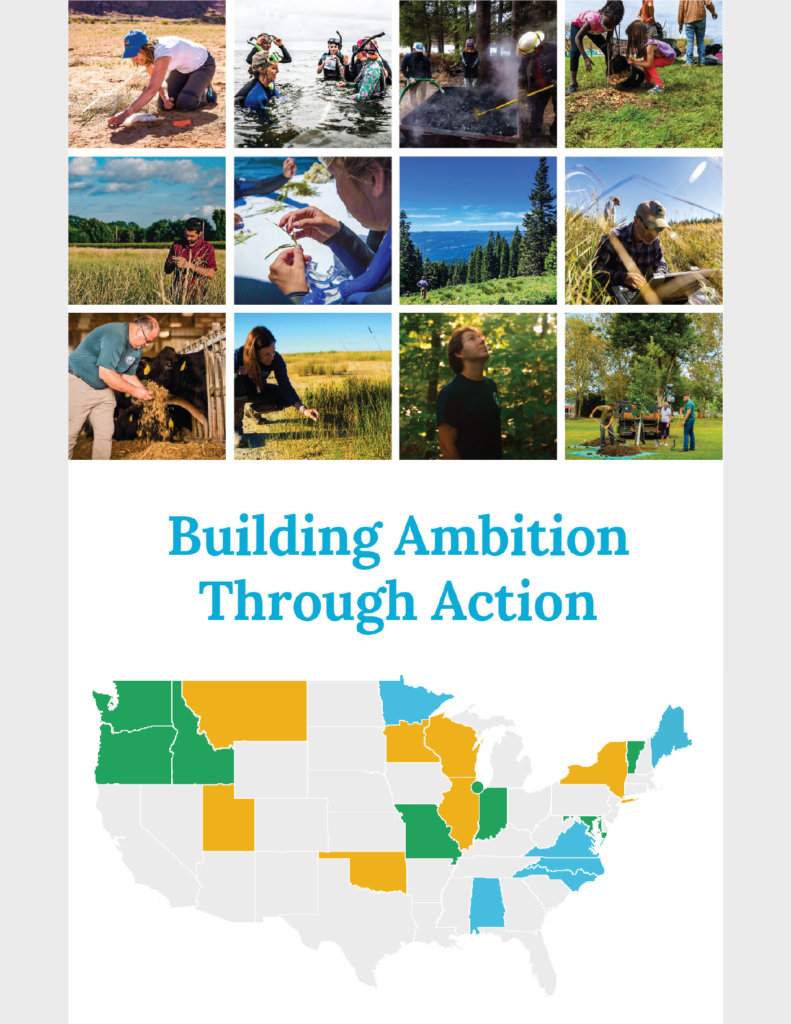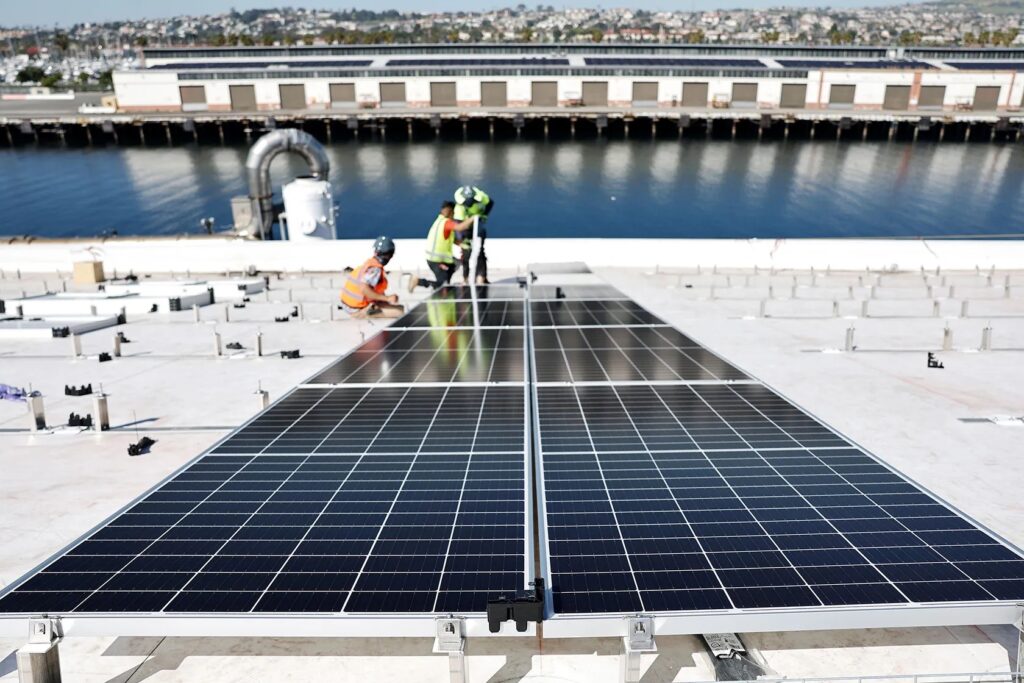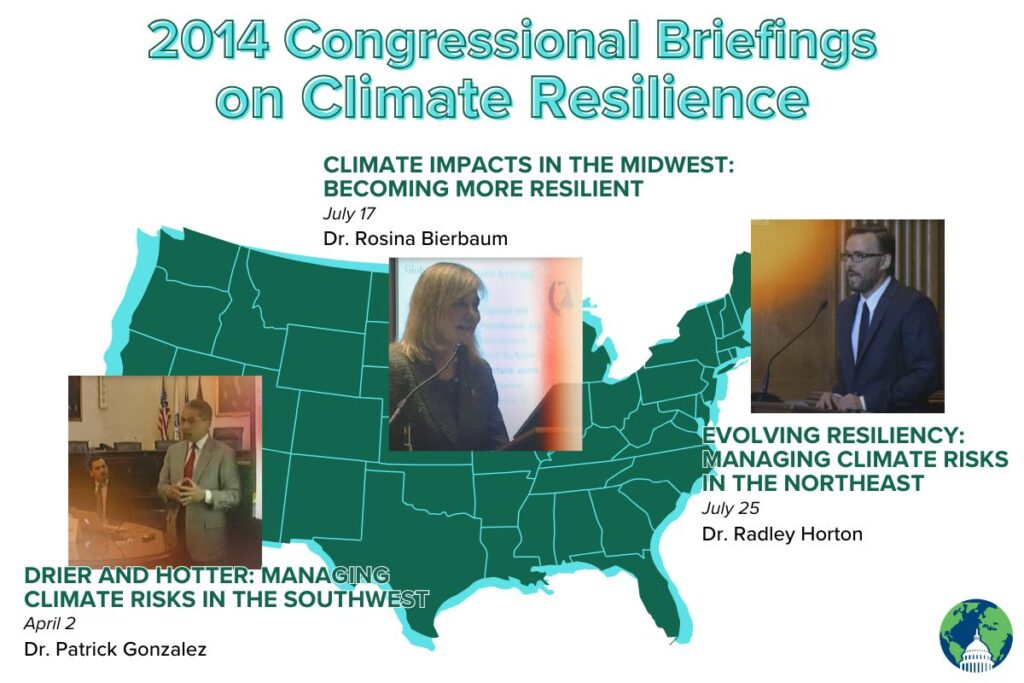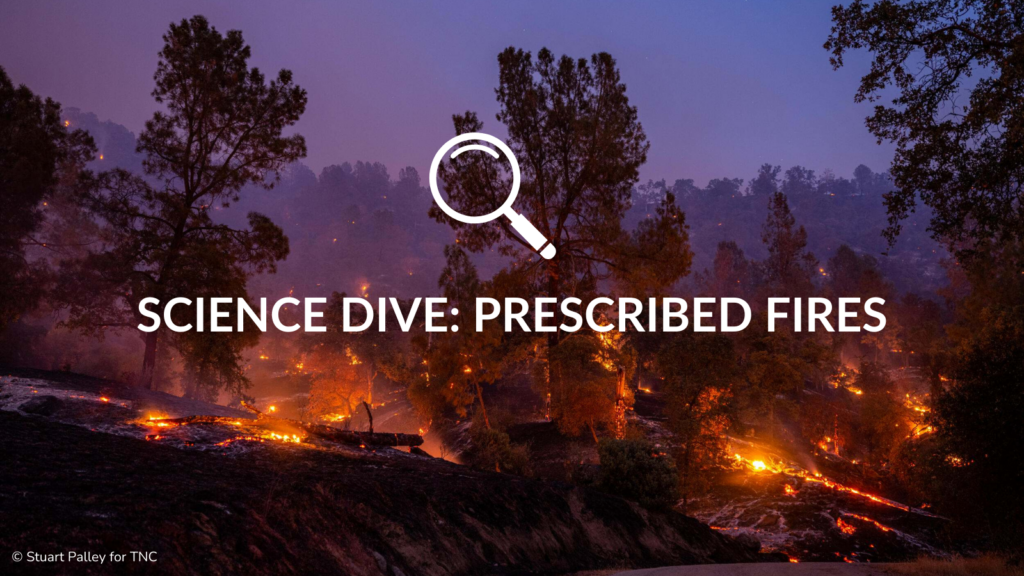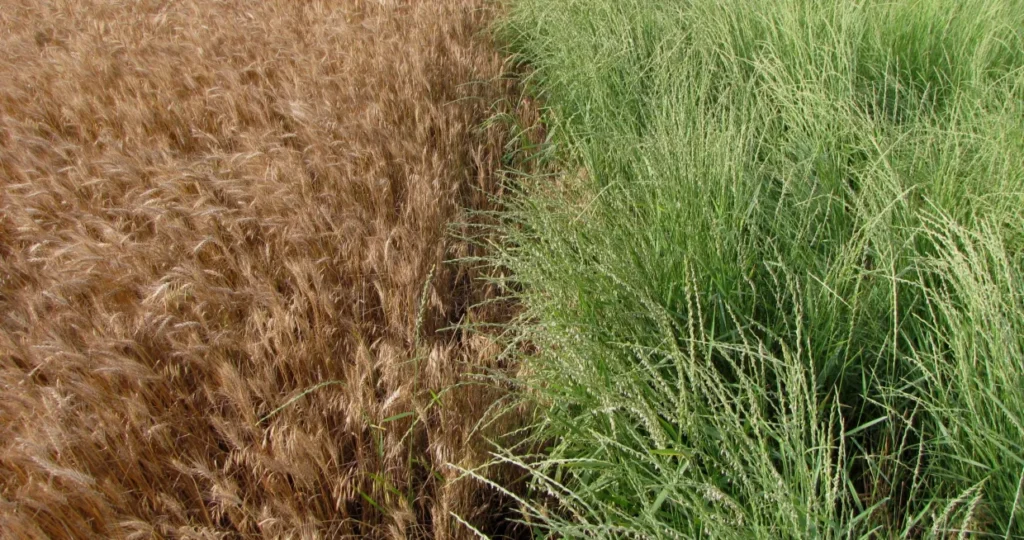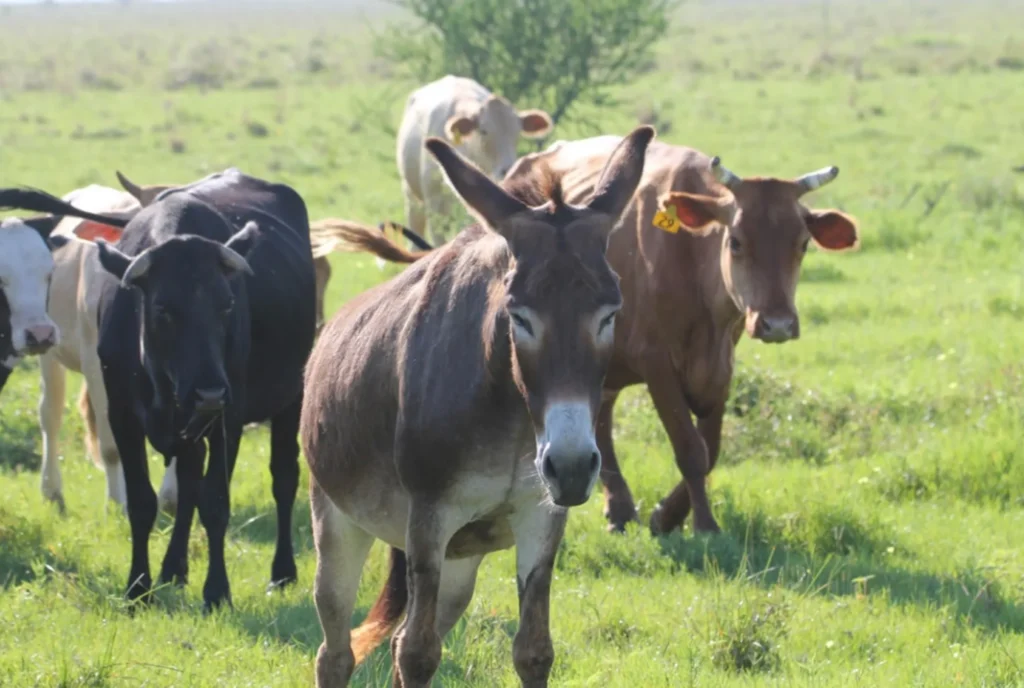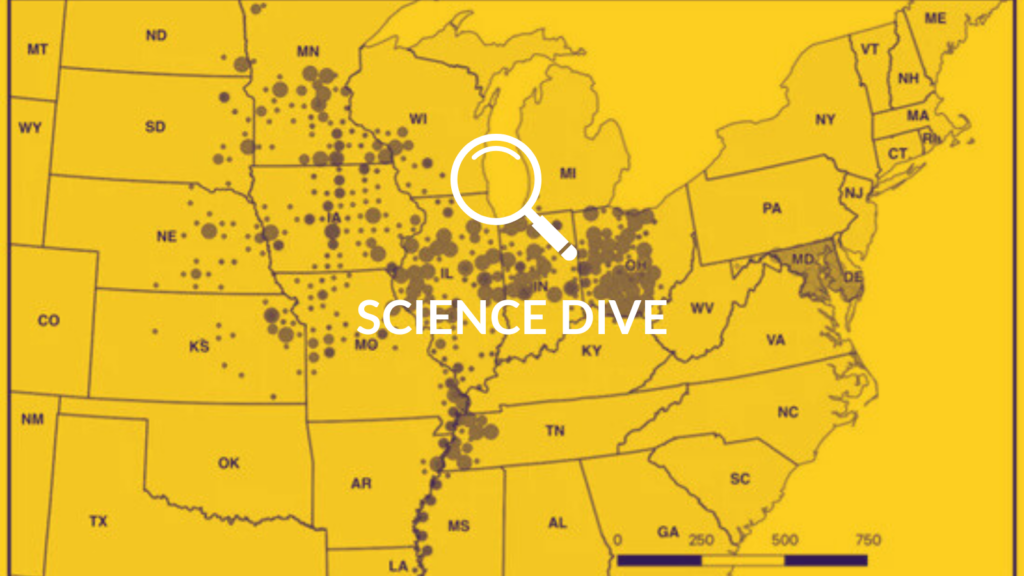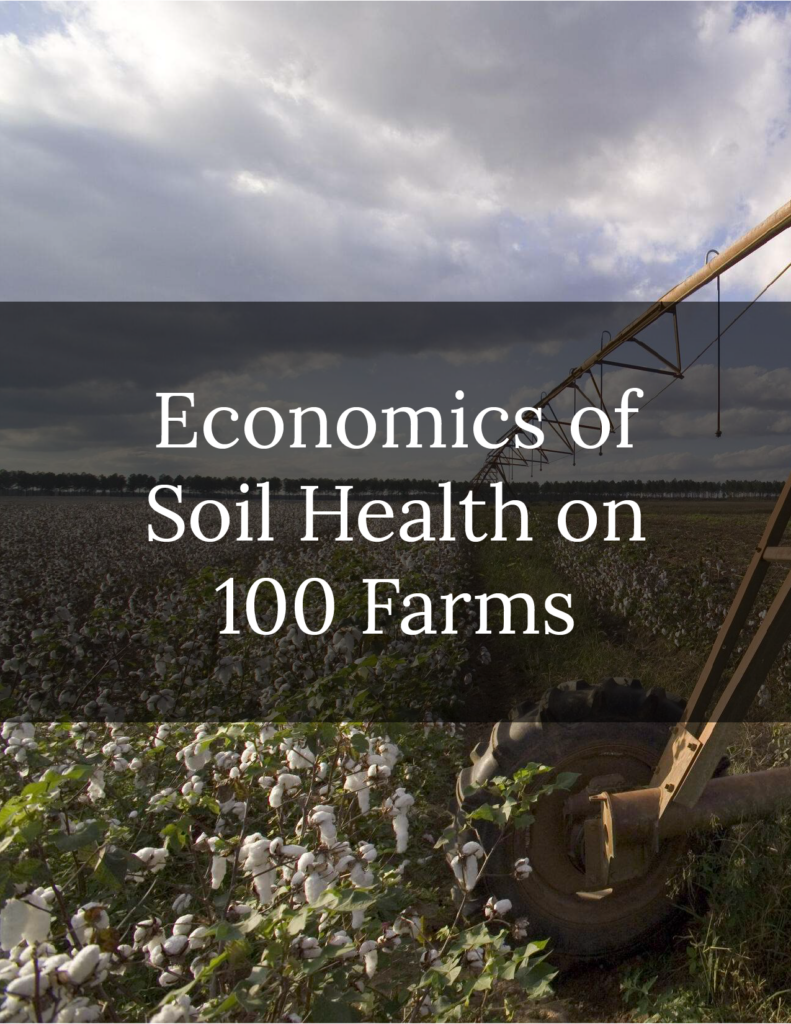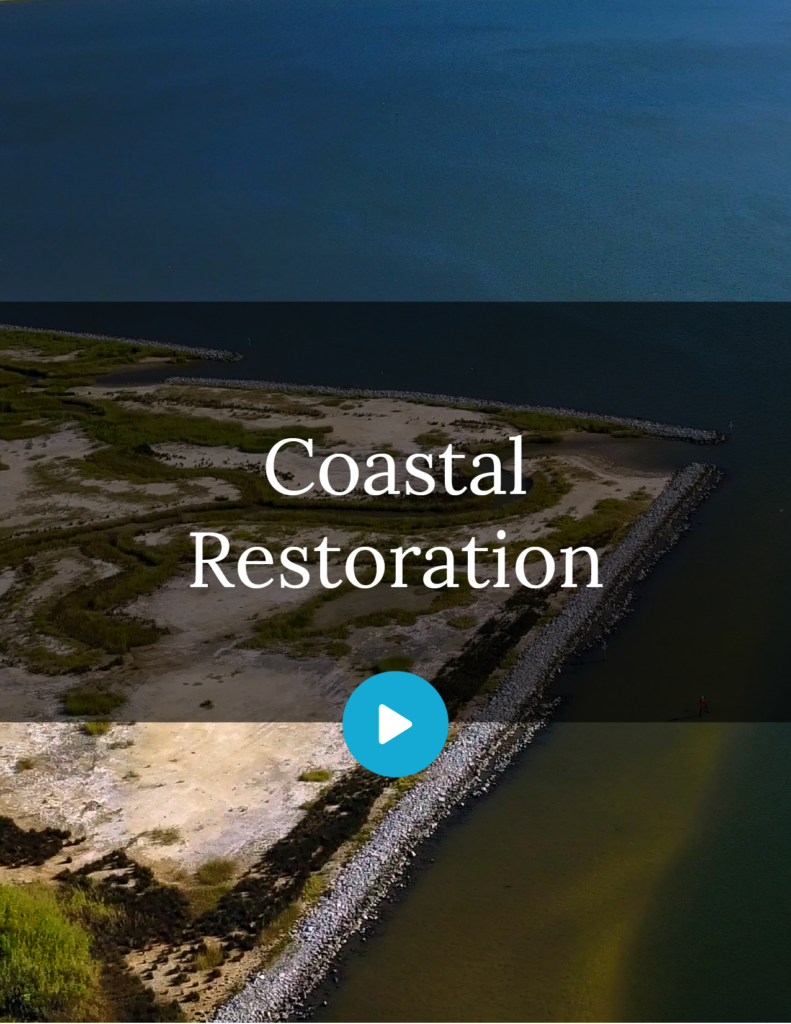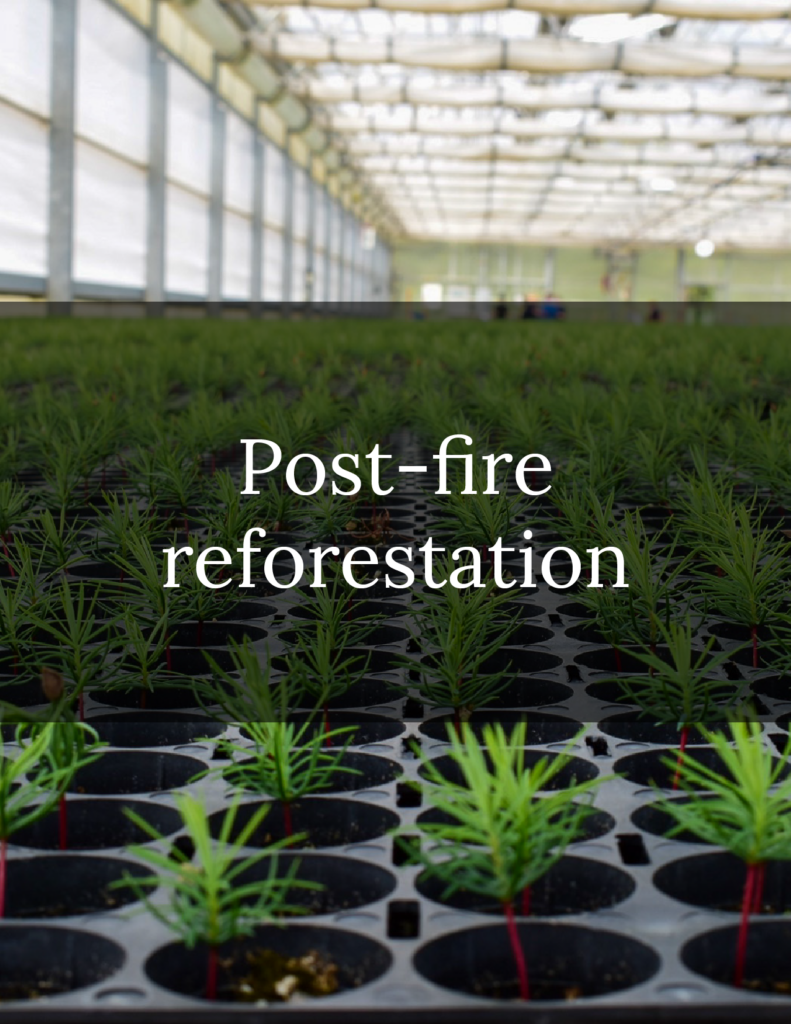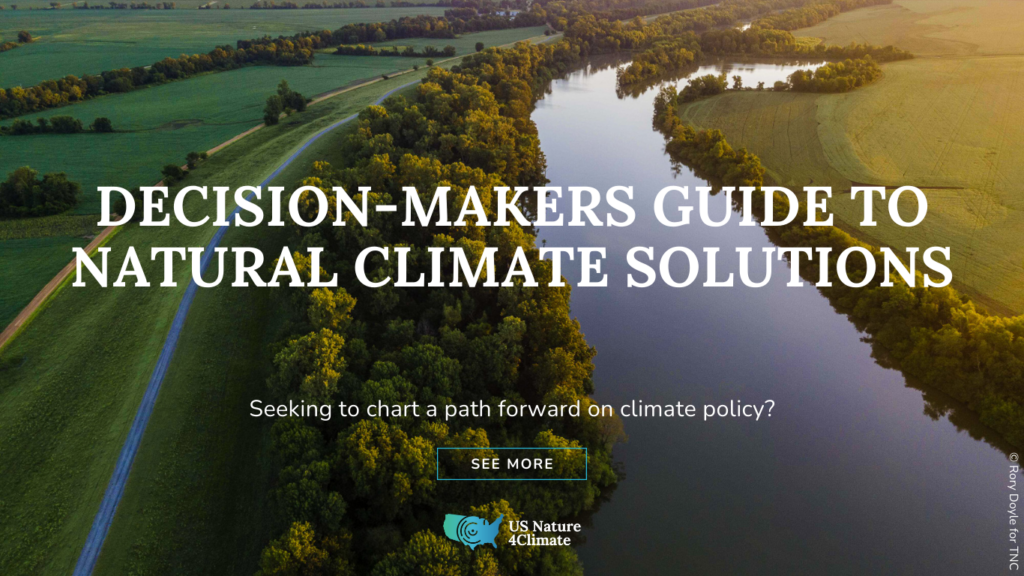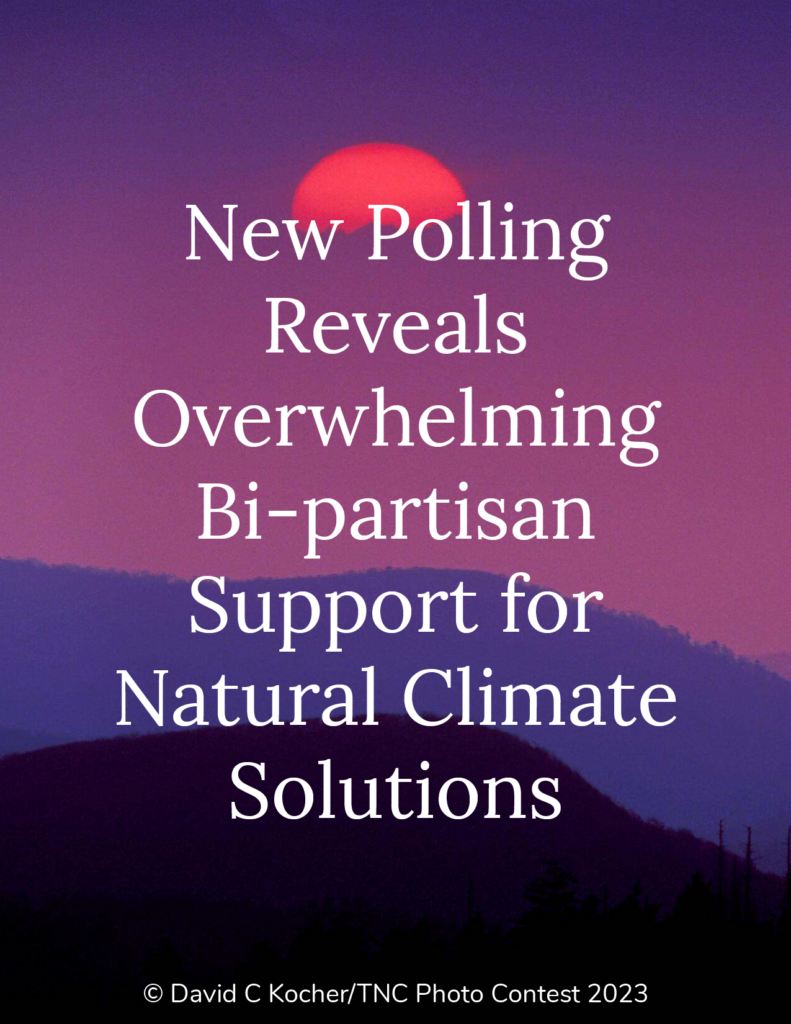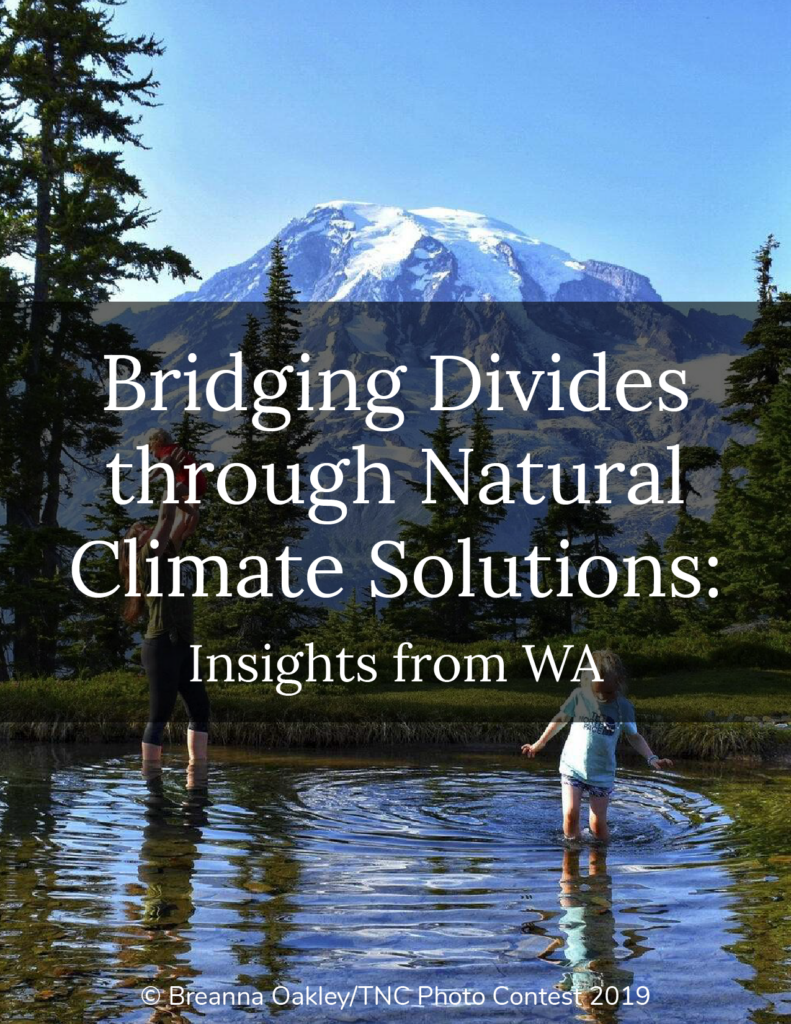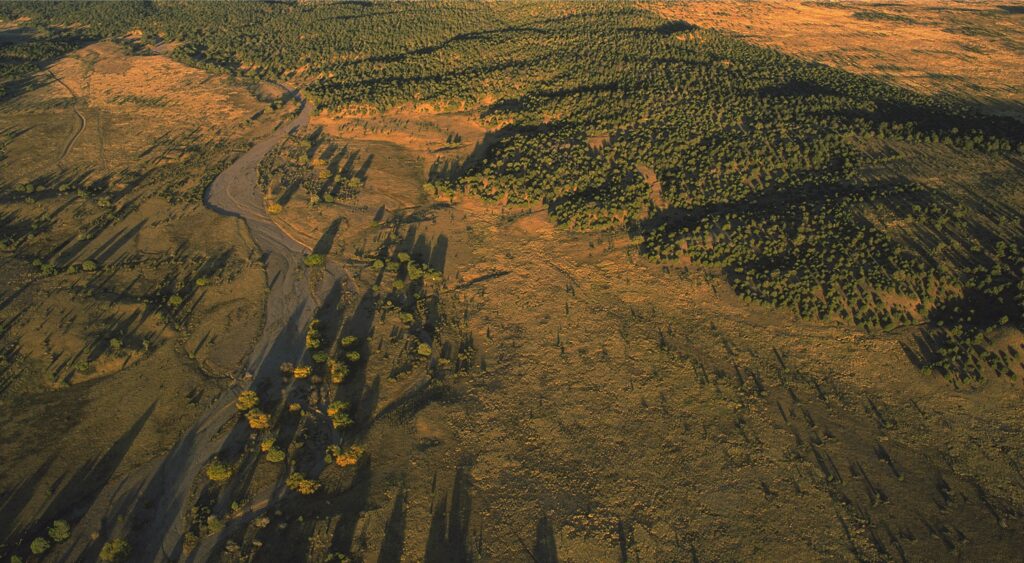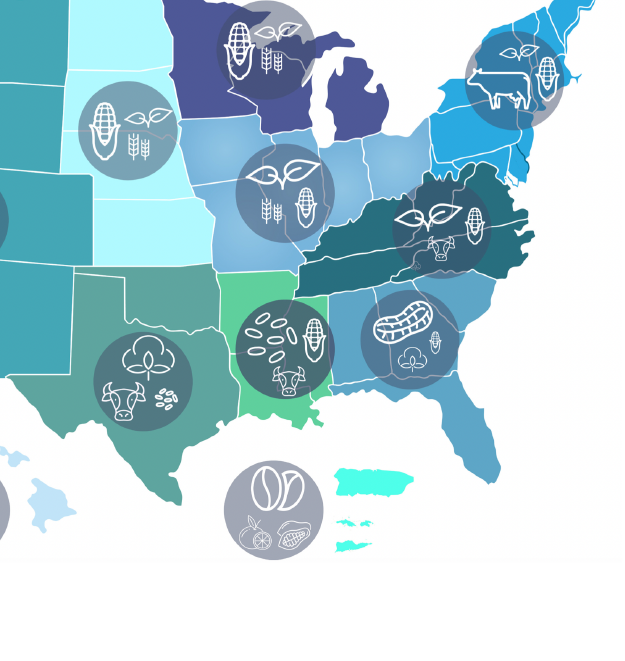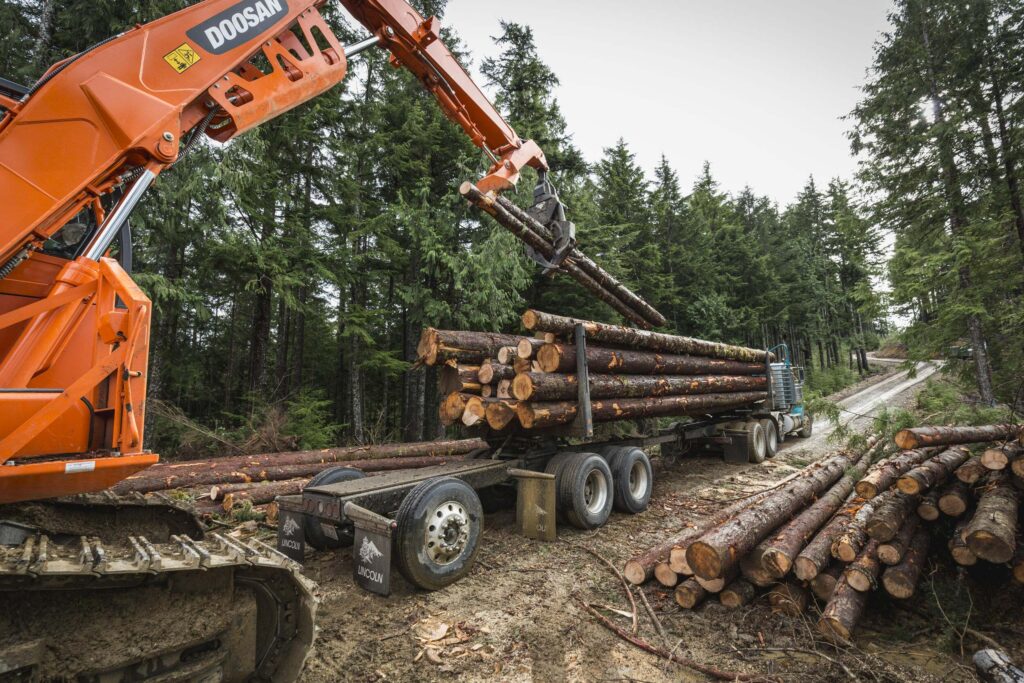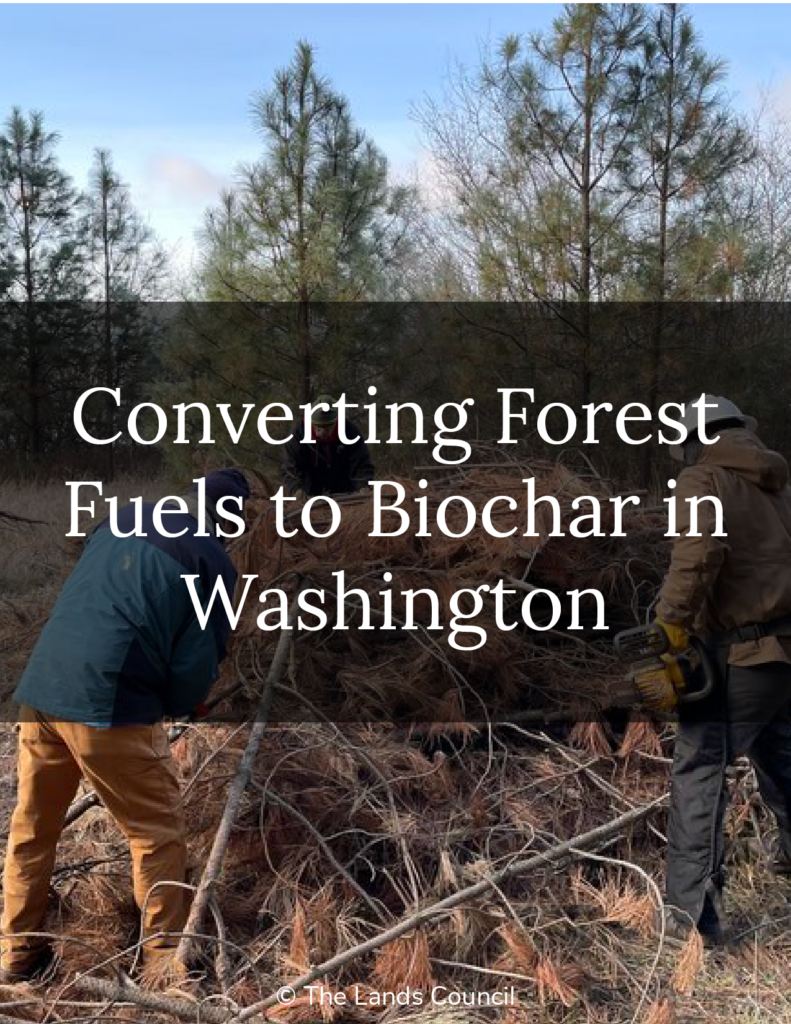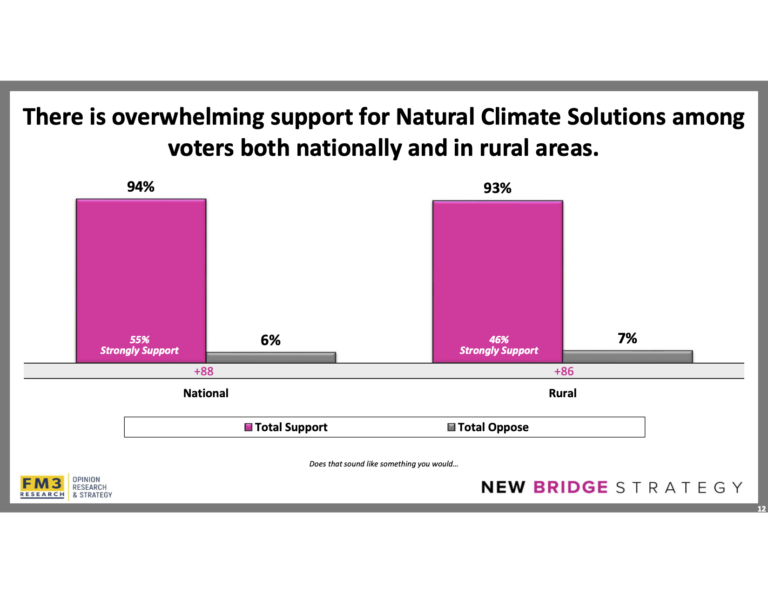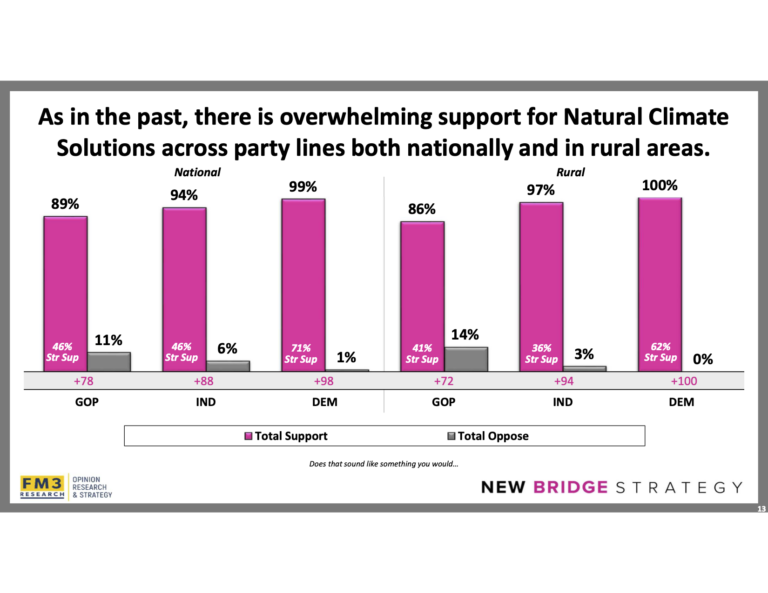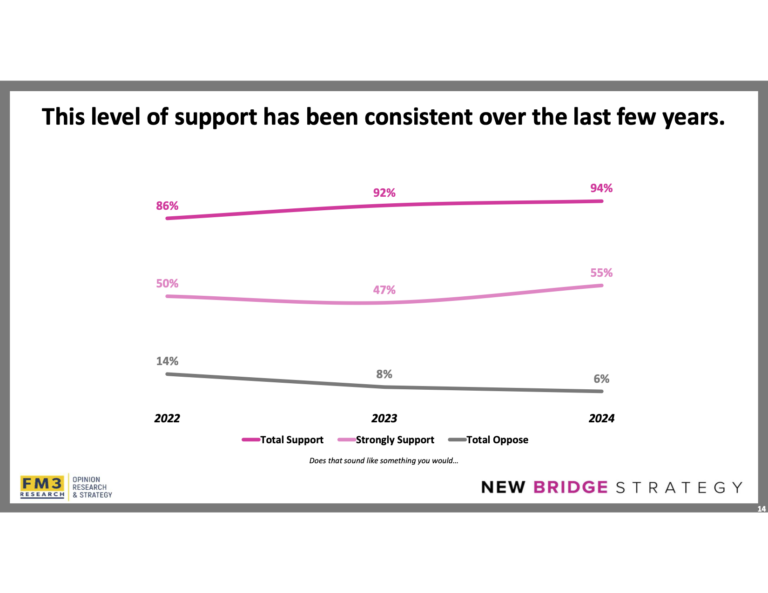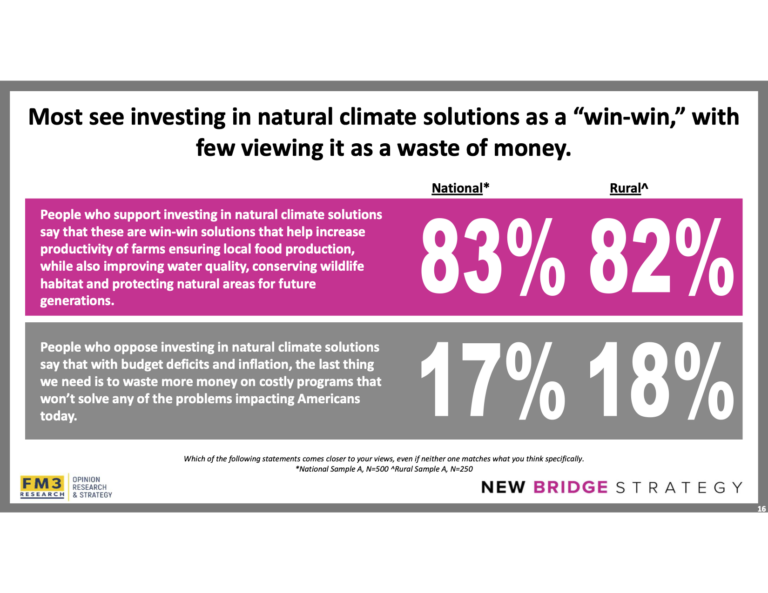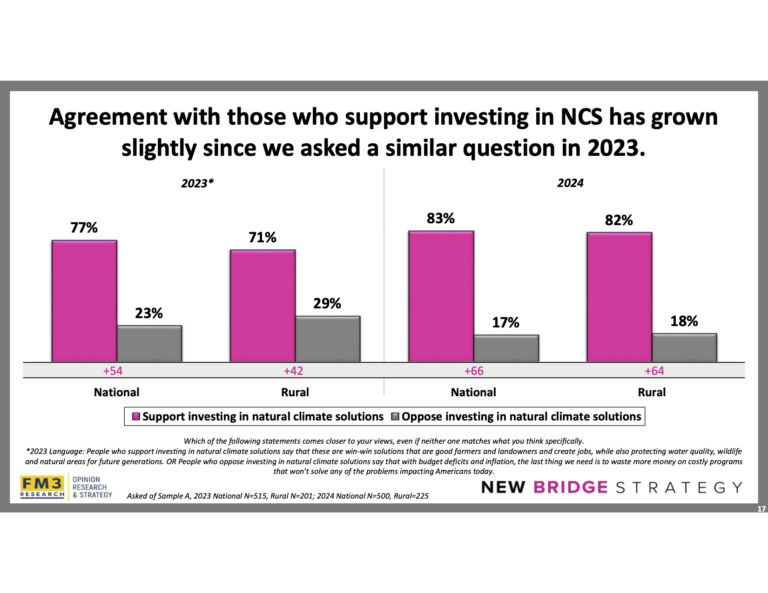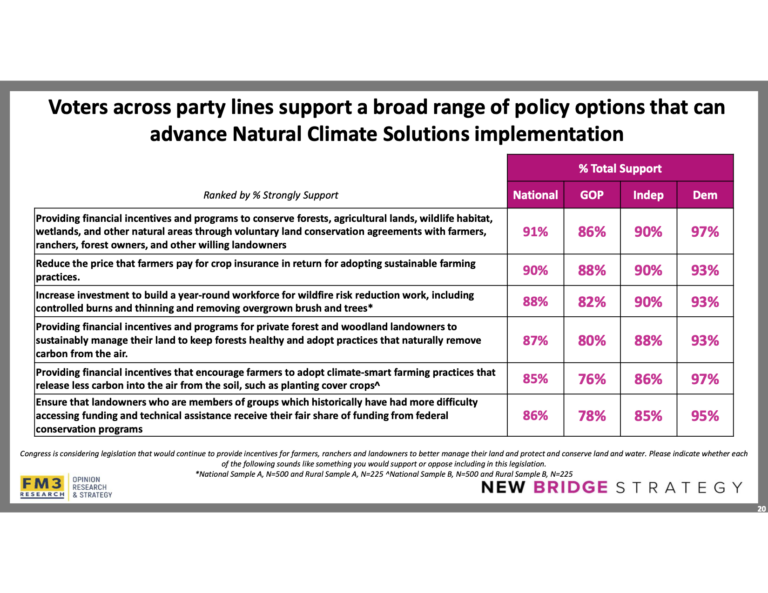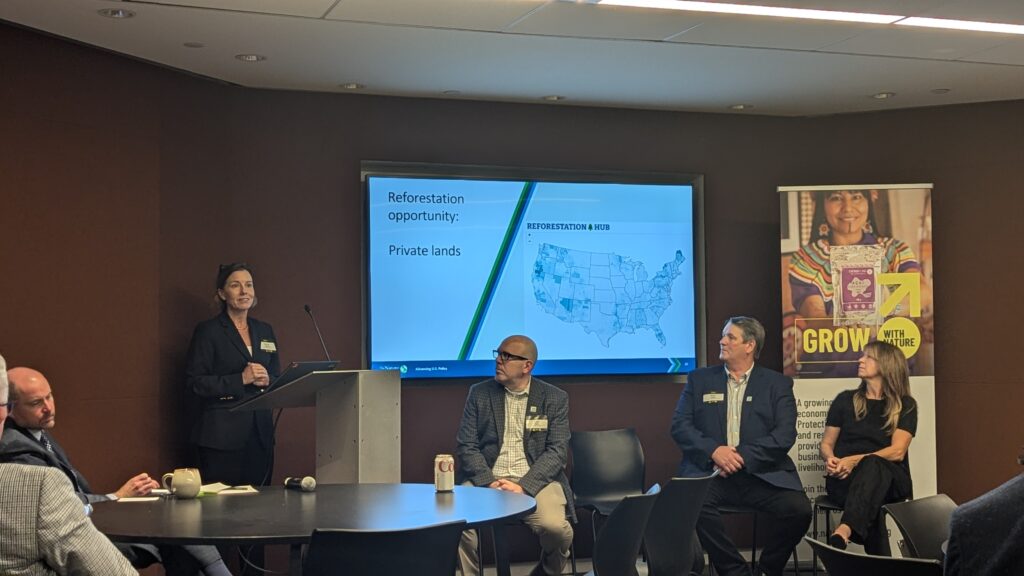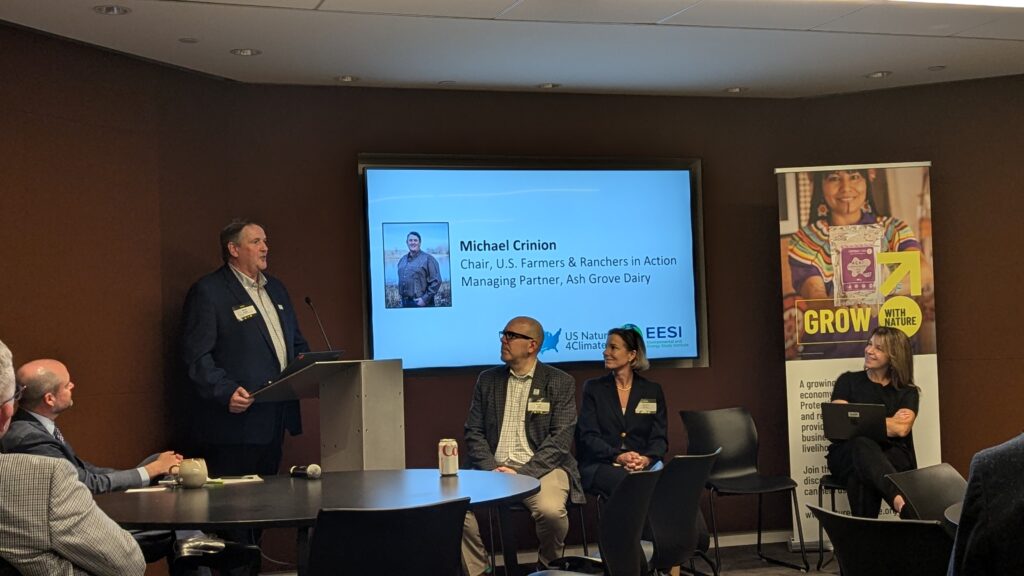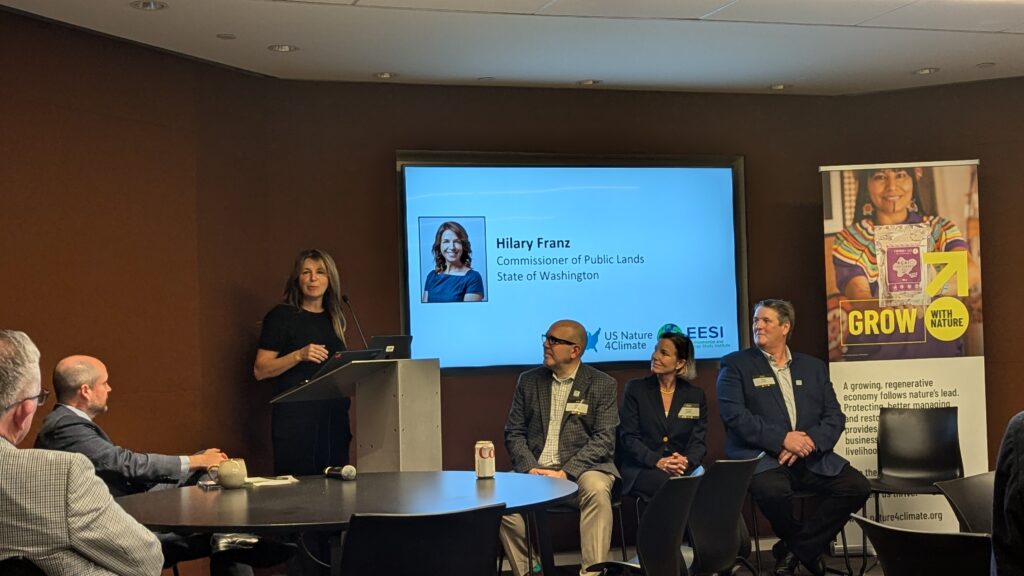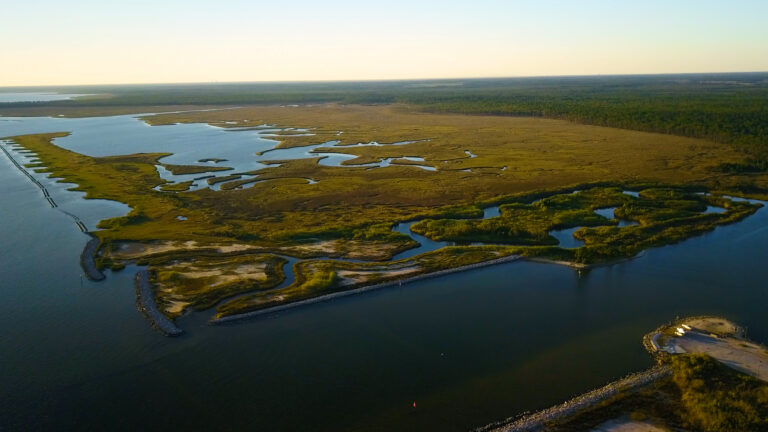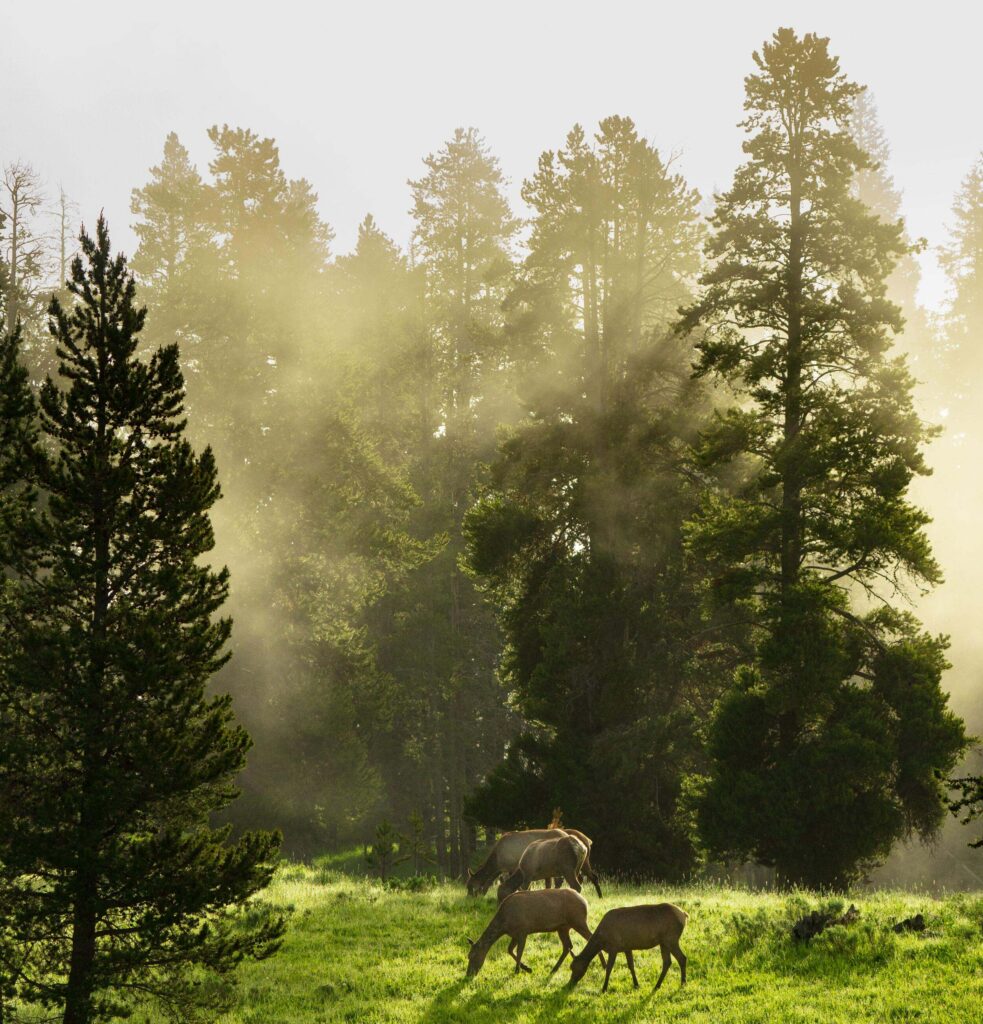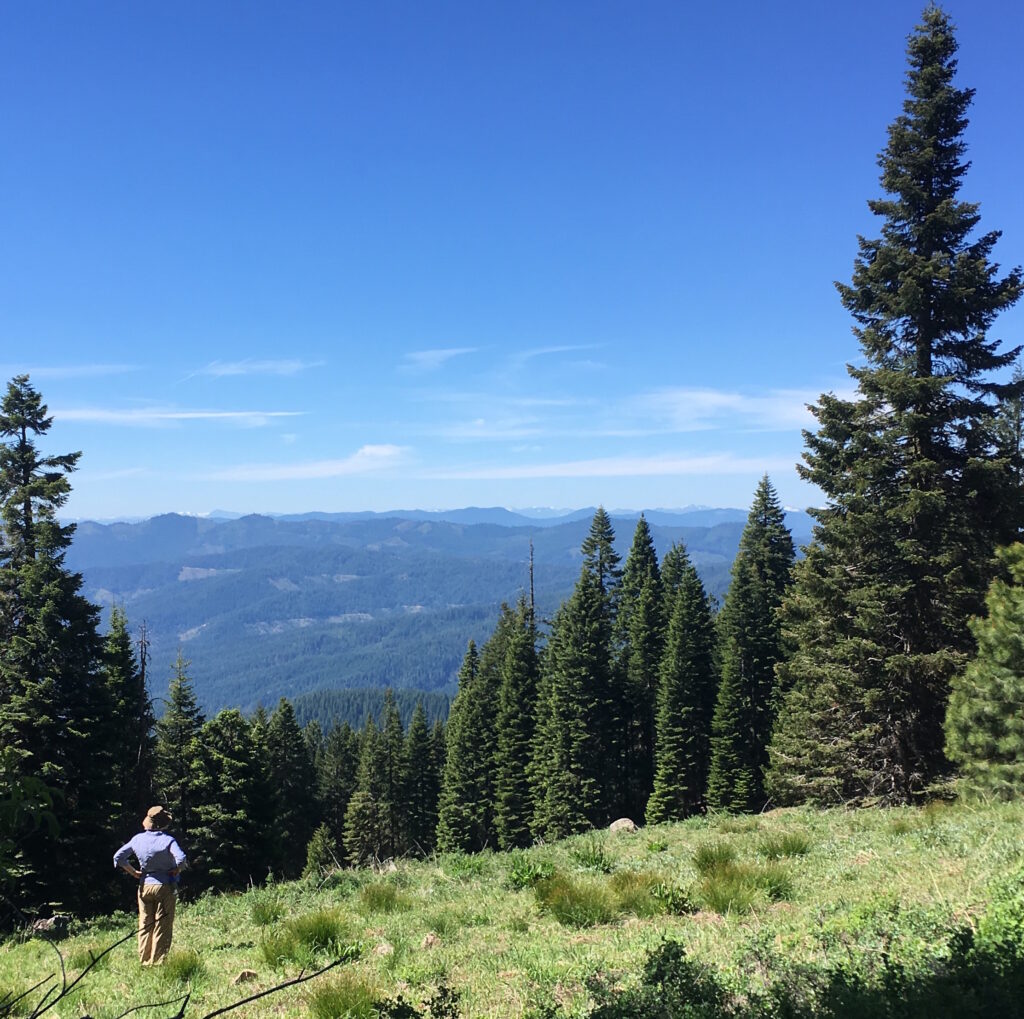We live in a rapidly changing world, and with change comes uncertainty.
The growing instability of our climate – and the erratic weather patterns that come with it – have made supply chains less reliable, economic forecasts less predictable, and the security of our communities more fragile.
As decision makers across the country look for solutions to keep communities secure, nature can provide powerful solutions. Actions such as planting and maintaining trees, implementing sustainable agriculture practices, and restoring coastal wetlands – strategies known as nature-based solutions – can help people and economies. They safeguard clean water, preserve wildlife habitat, and support millions of jobs, all while reducing carbon pollution to create a more stable climate for the future.
But knowing how and where to implement these solutions can often be complicated. A new online resource called Nature4Communities is now available to help legislators, community leaders, businesses, and others identify which nature-based solutions can best meet their needs during these uncertain times.
The resource provides an interactive map that identifies state-specific examples of nature-based solutions being implemented across the nation. Users can click on these projects to get a deep dive into how they were launched, their impact, and what more could be achieved with greater funding.
Users can also create customizable fact sheets for a variety of states, selecting the types of nature-based solutions they want to highlight, such as coastal restoration or reforestation. The web tool then generates graphics and scientific data on the economic, social, health, and other benefits those projects provide, along with data highlighting the overwhelmingly support among voters for funding for these solutions.
The customizable fact sheets can be used to educate Members of Congress and other decision-makers about how nature-based solutions can help their local communities and economies by creating jobs, supporting industries, and reducing the risk of costly natural disasters.
Protecting Communities and Economies with Nature-Based Solutions
Healthy lands and waters have long served as the foundation of businesses across the nation. For example, healthy coasts and waterways underpin America’s commercial and recreational fishing industries that support 2.3 million jobs and generate $321 billion in sales each year.1 America’s vast forests – which provide us with everything from building materials to paper products to medical supplies – support manufacturing businesses that employ nearly 1 million people and generate $288 billion in revenue annually, equal to about 4 percent of the entire U.S. manufacturing gross domestic product.2
Protecting the nation’s natural systems also can help shield communities from the growing droughts, storms, and other threats brought on by the changing climate. Coastal wetlands act as sponges that absorb flood waters and provide American communities with $23 billion in flood protection each year.3 Forests serve as natural water filtration systems, removing pollutants and regulating flows to help ensure clean and abundant drinking water in times of drought.
A study conducted in Minnesota in 2023 found that for every $1 invested in natural solutions more than $8 in public benefits is created, from disaster risk reduction and improved wildlife habitat to better air quality and healthier soils to grow cops.4
And nature-based solutions not only keep lands and waters strong, but they also have the added benefit of generating even more jobs and income. One study estimated that environmental restoration projects already account for some 221,000 jobs in the United States and generate almost $25 billion in economic output.5 But that’s just the beginning. A major campaign to plant trees across the nation could create up to 150,000 new jobs a year, triple the number of new jobs created in the oil and gas industries in 2018.
As we implement these solutions that sustain our nation’s lands and waters, we also bolster their natural ability to remove climate-changing carbon dioxide from the air, securing greater stability for generations to come. Nature-based solutions currently remove 13% of annual greenhouse gas emissions across the United States,6 equal to nearly half of all emissions created by the nation’s planes, trains, and automobiles.7
A Winning Solution
Supporting the implementation of these solutions is a winning proposition for decision-makers. A national poll conducted last year on behalf of U.S. Nature4Climate – a coalition of American businesses, conservationists, farmers, ranchers, hunters, and others – found that 94% of voters support the expansion of these natural solutions through legislation and increased public funding at the federal, state, and local levels. That support crosses party lines with 99% of Democrats, 94% of independents, and 89% of Republicans saying they want greater investments in natural solutions. The poll also found that an overwhelming majority – 69% of all voters – are more likely to have a favorable view of Members of Congress who back these solutions.
It is easy to feel uncertain during these changing times. But nature has provided security and stability across the nation and around the world throughout history.
Whether it be coastal communities searching for ways to shield themselves from growing storm surges, farmers trying to improve soils for more abundant crops, or fishing industries working to keep waterways healthy and productive, Nature4Communities offers the information decision-makers need to advance nature-based solutions and create a more secure today and tomorrow.
References:
1 Fisheries Economics of the United States Report | NOAA Fisheries
2 Forest Products | US Forest Service Research and Development
3 Nature-Based Solutions
4 EarthEconomics_2023EconomicBenefitsofNaturalClimateSolutions.pdf
5 Estimating the Size and Impact of the Ecological Restoration Economy | PLOS ONE
6 Homepage | US Nature4Climate
7 Sources of Greenhouse Gas Emissions | US EPA
Additional Resources
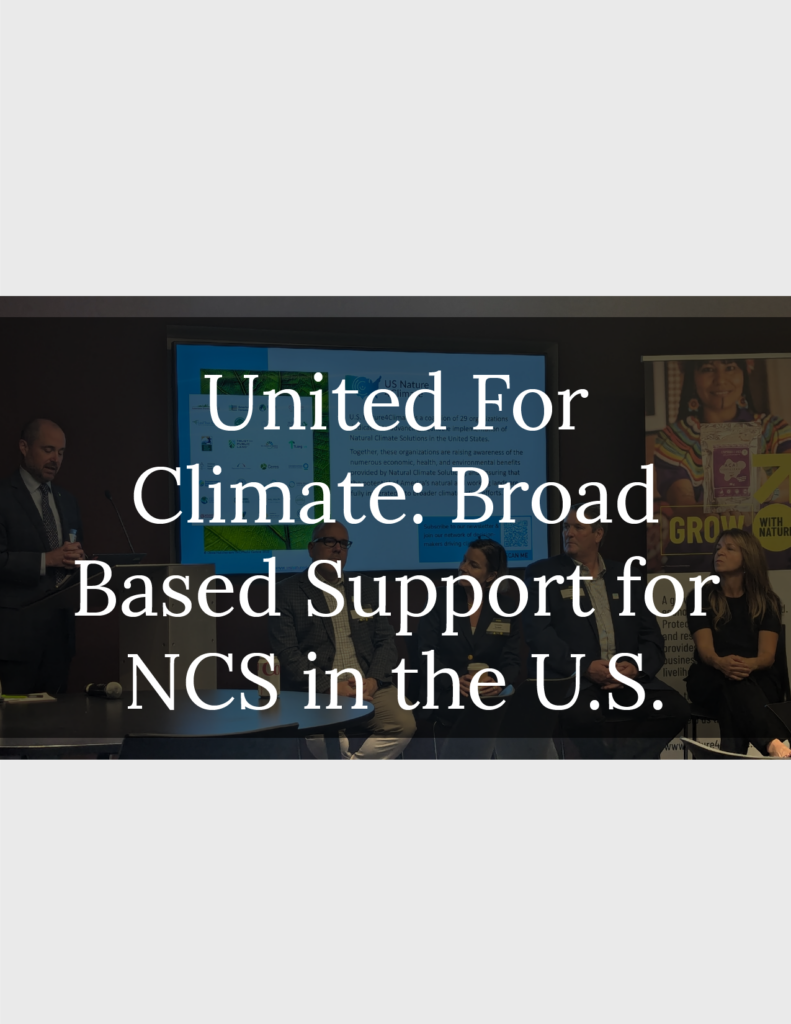
A new national survey conducted by U.S. Nature4Climate shows that voters across party lines support natural climate solutions more than ever, suggesting fertile ground for bi-partisan cooperation and consensus-building, opening up new avenues for climate action. Learn more.
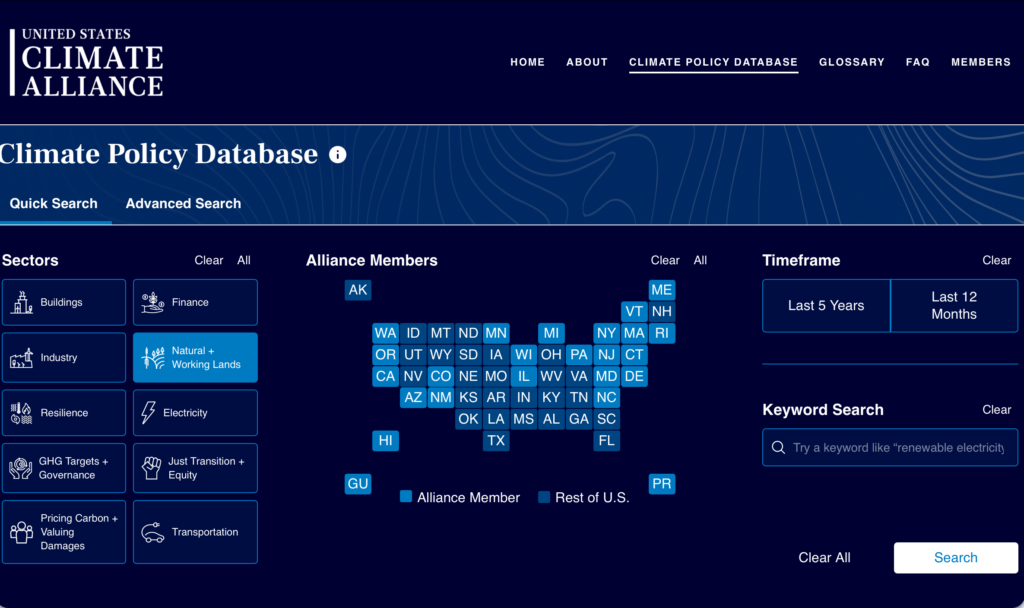
Explore U.S. Climate Alliance‘s Climate Policy Database.
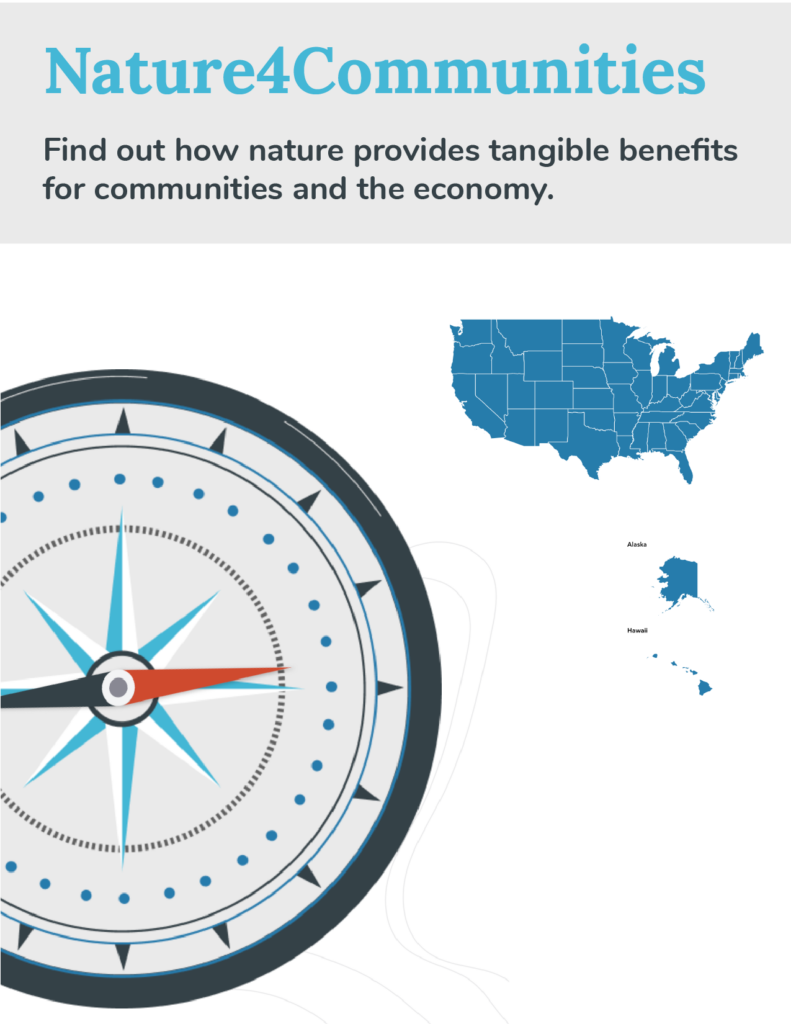
Explore Nature4Communities, a resource that shows you how nature-based solutions are critical for your community’s well-being and become a better advocate for their implementation.


